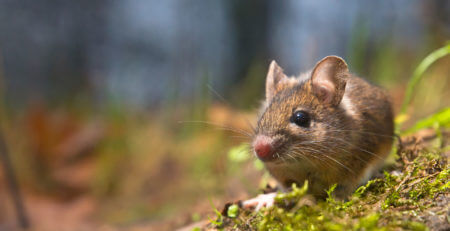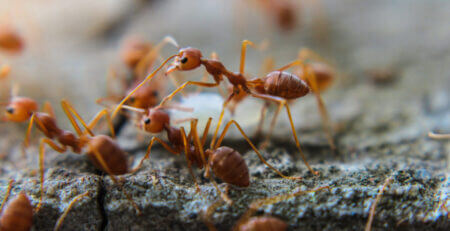Signs of Woodlice Infestation: Is Your Home at Risk?
Woodlice, also known as sowbugs or pillbugs, are common household pests that thrive in moist environments. While they do not pose significant risks to human health, a woodlice infestation can be indicative of underlying moisture issues and potential damage to property and plants. In this article, we will explore the signs of a woodlice infestation, including common areas of infestation, visible signs of woodlice activity, the potential damage they can cause to property and plants, and the indicators of high moisture levels that attract woodlice to your home.
Common Areas of Woodlice Infestation
Woodlice are attracted to areas with high humidity and moisture. Here are some common areas where woodlice infestations are frequently observed:
- Basements and Cellars: The cool and damp environment of basements and cellars provides ideal conditions for woodlice. They may be found hiding in corners, cracks, or beneath stored items.
- Crawl Spaces: Woodlice often inhabit crawl spaces that have high humidity or water leaks. They can be found in the soil, debris, or moisture-prone areas under the house.
- Bathrooms and Kitchens: Rooms with moisture sources such as bathrooms and kitchens, are vulnerable to woodlice infestations. Woodlice may congregate near pipes, drains, or areas prone to water leaks.
- Garden Areas: Woodlice thrive in garden areas with ample organic matter, mulch, or leaf litter. They can be found under flower pots, in compost piles, or around decaying plant material.
Visible Signs of Woodlice Activity
Detecting the presence of woodlice in your home is crucial for prompt action. Look out for the following visible signs of woodlice activity:
- Woodlice Crawling: Spotting woodlice crawling on walls, floors, or surfaces is a clear indication of their presence.
- Shredded Plant Material: Woodlice feed on decaying organic matter, including plant material. If you notice shredded leaves, stems, or nibbled fruits or vegetables, it may be a sign of woodlice feeding.
- Molting Exoskeletons: Woodlice molt their exoskeletons as they grow. Finding discarded exoskeletons in damp areas suggests an active woodlice population.
- Accumulation of Frass: Woodlice excrete small black or brown pellet-like waste, known as frass. Piles of frass may be visible in infested areas.
Woodlice Damage to Property and Plants
While woodlice are generally harmless to humans, they can cause damage to property and plants. Here are some potential areas of damage caused by woodlice:
- Structural Damage: Woodlice feed on decaying wood, and in some cases, they may contribute to the deterioration of wooden structures or furniture that is already weakened by moisture or decay.
- Plant Damage: Woodlice primarily feed on decaying plant material. However, they may also nibble on the roots, stems, or leaves of living plants, causing damage and stunting growth.
Indicators of High Moisture Levels Attracting Woodlice
Woodlice are strongly attracted to environments with high moisture levels. Look out for the following indicators that may be attracting woodlice to your home:
- Water Leaks: Persistent water leaks from pipes, faucets, or appliances create an environment conducive to woodlice infestations.
- Condensation: Excessive condensation on windows, walls, or surfaces is a sign of high humidity and moisture, which can attract woodlice.
- Poor Ventilation: Inadequate ventilation in bathrooms, kitchens, or other areas can lead to high humidity levels, increasing the risk of woodlice infestations.
Conclusion
Being aware of the signs of a woodlice infestation is crucial for taking prompt action to control and prevent further damage. If you notice woodlice activity, such as woodlice crawling, shredded plant material, moulting exoskeletons, or frass accumulation, it’s important to address the underlying moisture issues attracting woodlice to your home. By identifying common areas of infestation, understanding the visible signs of woodlice activity, recognizing potential damage to property and plants, and being mindful of indicators of high moisture levels, you can take proactive steps to eliminate woodlice infestations, ensure a dry and healthy environment, and protect your property and plants from further harm.










